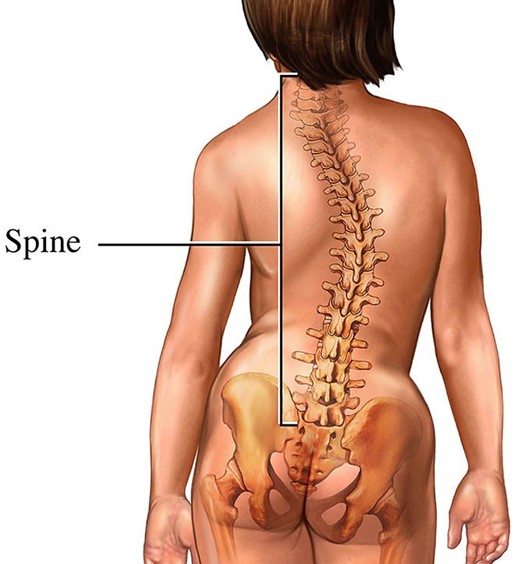A nurse is caring for a school-age child who has acute glomerulonephritis with peripheral edema and is producing 35 mL of urine per hour.
The nurse should place the client on which of the following diets?
Low-sodium, fluid-restricted.
Regular diet, no added salt.
Low-protein, low-potassium diet.
Low-carbohydrate, low-protein diet.
The Correct Answer is A
The nurse should place the client on a low-sodium, fluid-restricted diet.
Acute glomerulonephritis is a kidney disease that can cause fluid retention and edema.
A low-sodium diet can help reduce fluid retention and swelling.
Fluid restriction can also help manage fluid balance and prevent further complications.
Choice B is not the best answer because a regular diet with no added salt may still contain high levels of sodium.
Choice C is not the best answer because a low-protein, low-potassium diet may not address the client’s fluid retention and edema.
Choice D is not the best answer because a low-carbohydrate, low-protein diet may not provide adequate nutrition for the client.
Nursing Test Bank
Naxlex Comprehensive Predictor Exams
Related Questions
Correct Answer is B
Explanation
This response is appropriate because it informs the parent that the nurse has a legal obligation to report any suspected child abuse.
Choice A is not an answer because it does not address the parent’s concern and instead defers responsibility to the provider.
Choice C is not an answer because it does not provide any information to the parent and instead suggests contacting a supervisor.
Choice D is not an answer because it implies that the decision to report the incident was made by the supervisor and not the nurse.
Correct Answer is A
Explanation
Adolescents affected by scoliosis often experience body image dissatisfaction.
Therefore, the nurse should anticipate body image changes as the most common reaction.
Choice B is not correct because loss of privacy is not the most common reaction
when dealing with scoliosis surgery.
Choice C is not correct because feelings of displacement are not the most
common reaction when dealing with scoliosis surgery.
Choice D is not correct because identity crisis is not the most common reaction
when dealing with scoliosis surgery.

Whether you are a student looking to ace your exams or a practicing nurse seeking to enhance your expertise , our nursing education contents will empower you with the confidence and competence to make a difference in the lives of patients and become a respected leader in the healthcare field.
Visit Naxlex, invest in your future and unlock endless possibilities with our unparalleled nursing education contents today
Report Wrong Answer on the Current Question
Do you disagree with the answer? If yes, what is your expected answer? Explain.
Kindly be descriptive with the issue you are facing.
